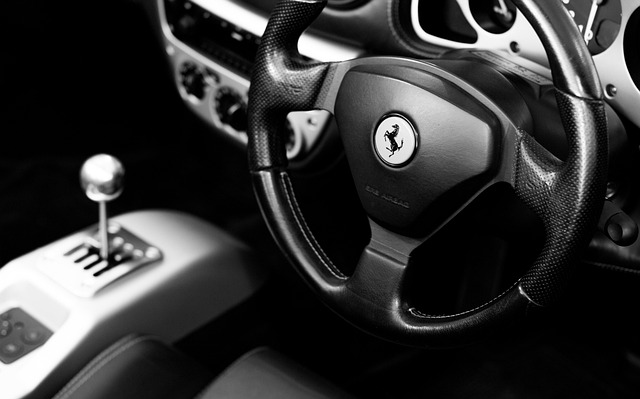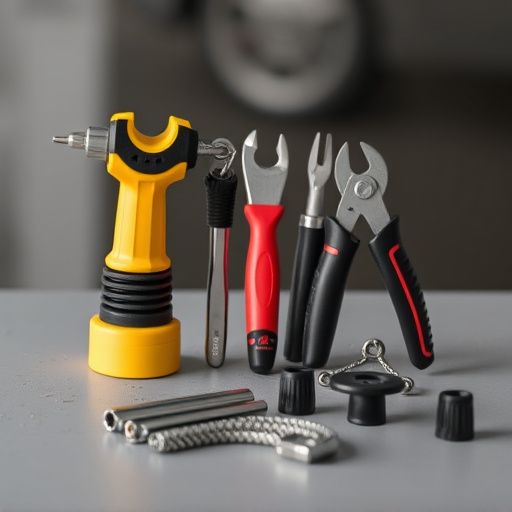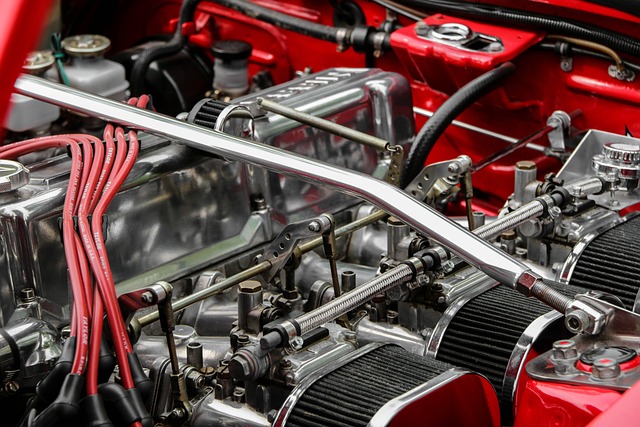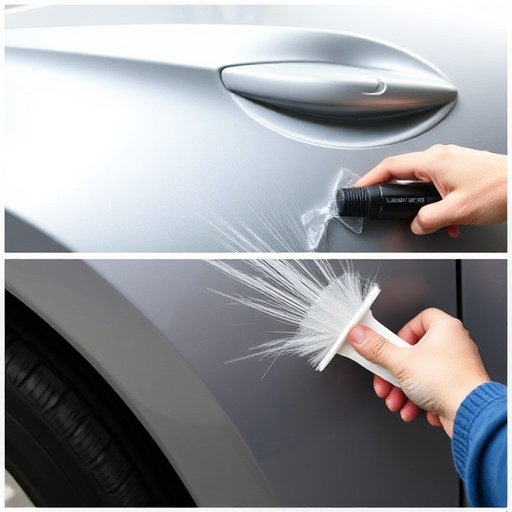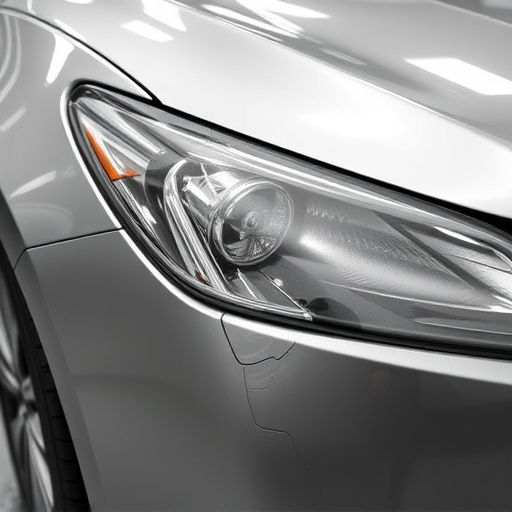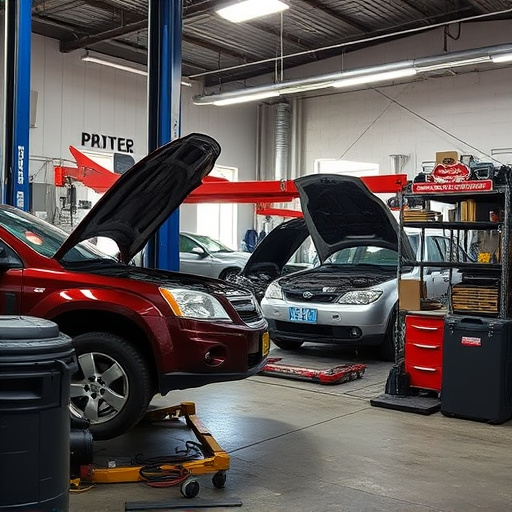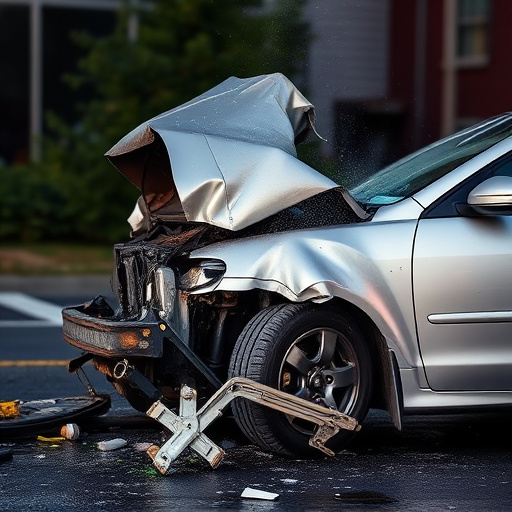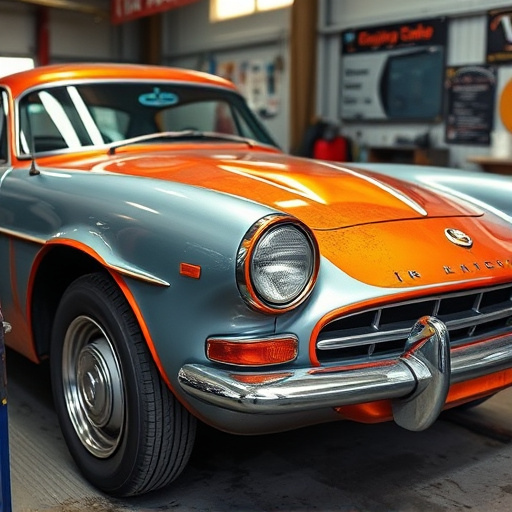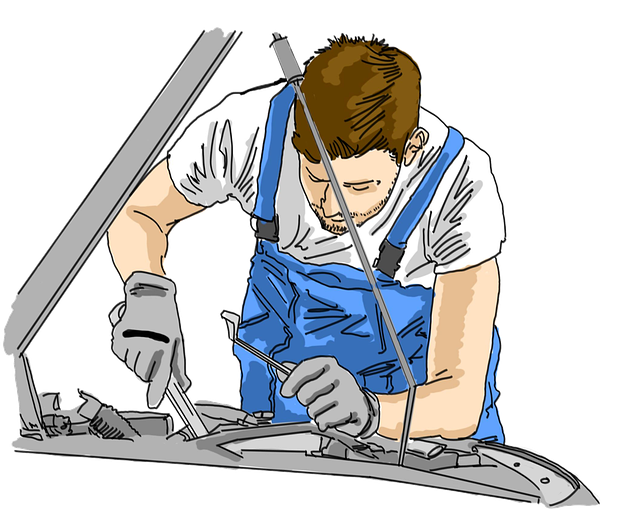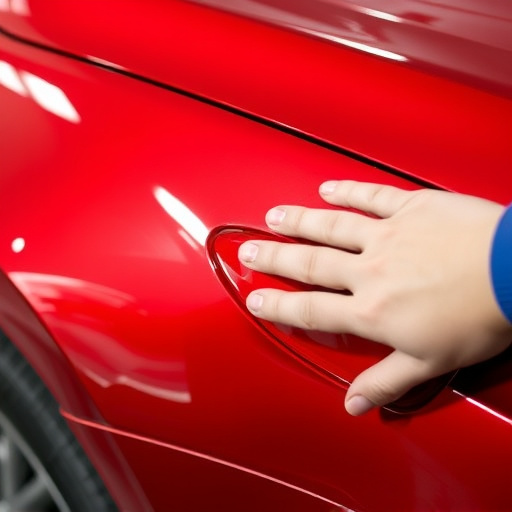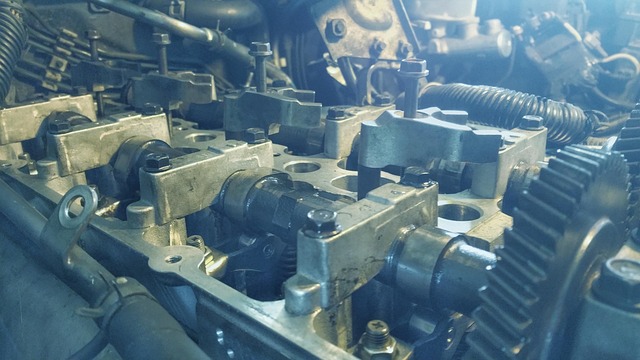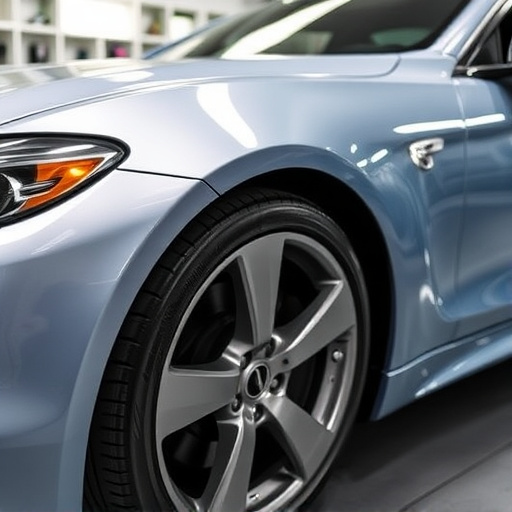PDR (Paintless Dent Repair) is a cost-effective and efficient method for fixing minor vehicle dents without painting or replacing parts, preserving the car's original finish. Ideal for common damages like parking lot dings and shopping cart scratches, PDR maintains vehicle value and avoids additional paint work. It involves a meticulous process starting with inspection, preparation, and using specialized tools to gently reshape dents. Benefits include retaining aesthetic value, speed, convenience, versatility, and environmental friendliness, making it an attractive alternative for minor dent repairs.
“Discover the power of PDR (Paintless Dent Repair) for addressing those pesky, minor dents on your vehicle’s surface. This innovative technique offers a swift and cost-effective solution compared to traditional body shop repairs. Learn why PDR is gaining popularity for its ability to restore cars to their pre-damaged condition without extensive painting or costly procedures.
From understanding the process to exploring its numerous benefits, this guide covers everything you need to know about PDR for minor dents.”
- What is PDR and Why is it Used for Minor Dents?
- The Step-by-Step Process of PDR for Minor Dents
- Benefits and Considerations of Using PDR for Dent Repair
What is PDR and Why is it Used for Minor Dents?
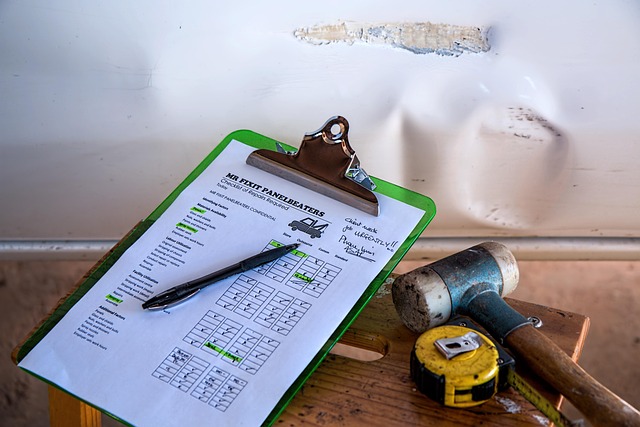
PDR, or Paintless Dent Repair, is a specialized technique used to restore the original appearance of a vehicle’s surface by removing dents without applying any paint or replacing parts. It’s a cost-effective and non-invasive method for fixing minor dents, such as those caused by parking lot dings, shopping cart scratches, or light impact damage. This process is particularly favored by car owners who seek to maintain the value of their vehicles while avoiding the expenses associated with traditional car repair services.
The primary advantage of PDR over conventional car damage repair is its ability to preserve the factory finish. By using specialized tools and techniques, trained technicians can gently push the dented area back into its original shape, leaving minimal traces of the damage. This not only results in an aesthetically pleasing repair but also ensures that the car’s paint job remains intact, preventing the need for additional car paint repair down the line.
The Step-by-Step Process of PDR for Minor Dents
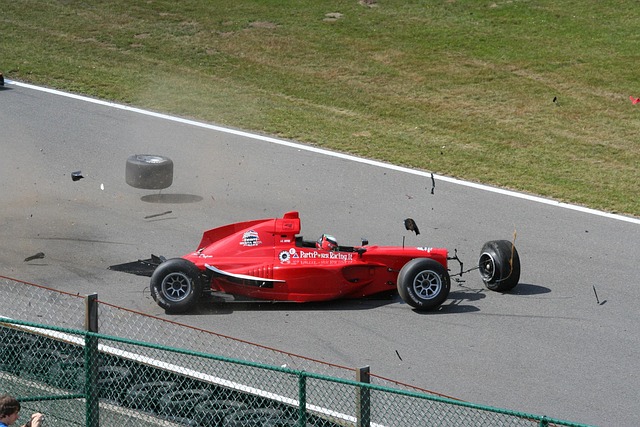
The process of PDR (Paintless Dent Repair) for minor dents is a precise art that involves several steps to restore your vehicle’s exterior to its original condition. It begins with careful inspection, where technicians identify the extent of the damage and determine if PDR is the most suitable repair method. The dent is then prepared by cleaning and decontaminating the area to ensure optimal adhesion during the repair process.
Next, a specialized tool, designed to match your vehicle’s body panel, is used to carefully extract the dented area without disturbing the surrounding paint. This step requires skill and precision to avoid damaging the car’s surface or underlying panels. Once the dent is removed, the technician may use various techniques like stretching, pressing, or tapping to smooth out any remaining imperfections. The final stage involves a thorough inspection, ensuring the repair matches the vehicle’s original finish and quality, offering an effective and efficient solution for minor dents through auto body services.
Benefits and Considerations of Using PDR for Dent Repair

Using PDR for minor dents offers several advantages for vehicle owners. As a non-invasive technique, it preserves the original factory finish on your car, ensuring that your vehicle retains its aesthetic value and resale potential. This method is particularly effective for repairing small dings, scratches, and dents without requiring extensive auto body repair or costly fender repairs. It’s an environmentally friendly option as well, as it minimizes waste by using only minimal amounts of paint during the repair process.
Considering PDR for your dent repair has its merits, especially when compared to traditional car paint repair methods. It’s a faster and more convenient solution, often completing repairs in just one visit. Moreover, PDR specialists are skilled in navigating complex shapes and contours, making it suitable for various parts of the vehicle, from door panels to trunks. This versatility makes it an attractive alternative to conventional auto body repair techniques, ensuring your car looks as good as new without breaking the bank.
PDR for minor dents is a highly effective, cost-efficient, and non-invasive solution for repairing small imperfections on vehicle surfaces. By understanding the simple step-by-step process and appreciating the numerous benefits, including preservation of original factory finish and minimal disruption to the paintwork, it’s clear why PDR has become a preferred choice for many automotive professionals and car owners alike. Incorporating PDR into your dent repair regimen can help maintain the vehicle’s overall aesthetic appeal while saving time and money compared to traditional painting methods.
